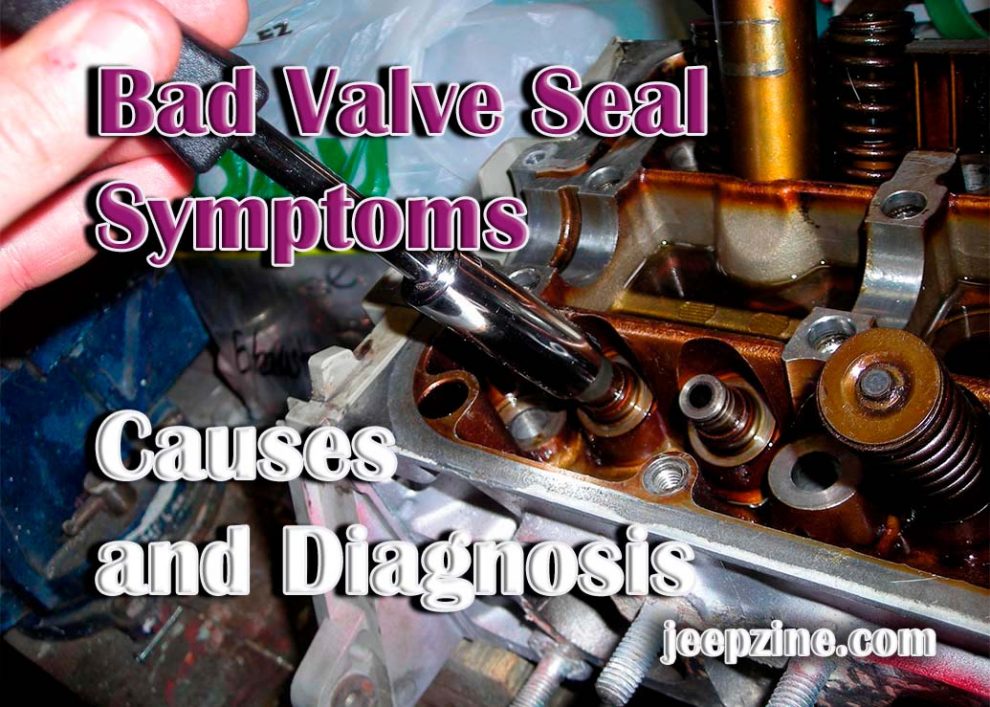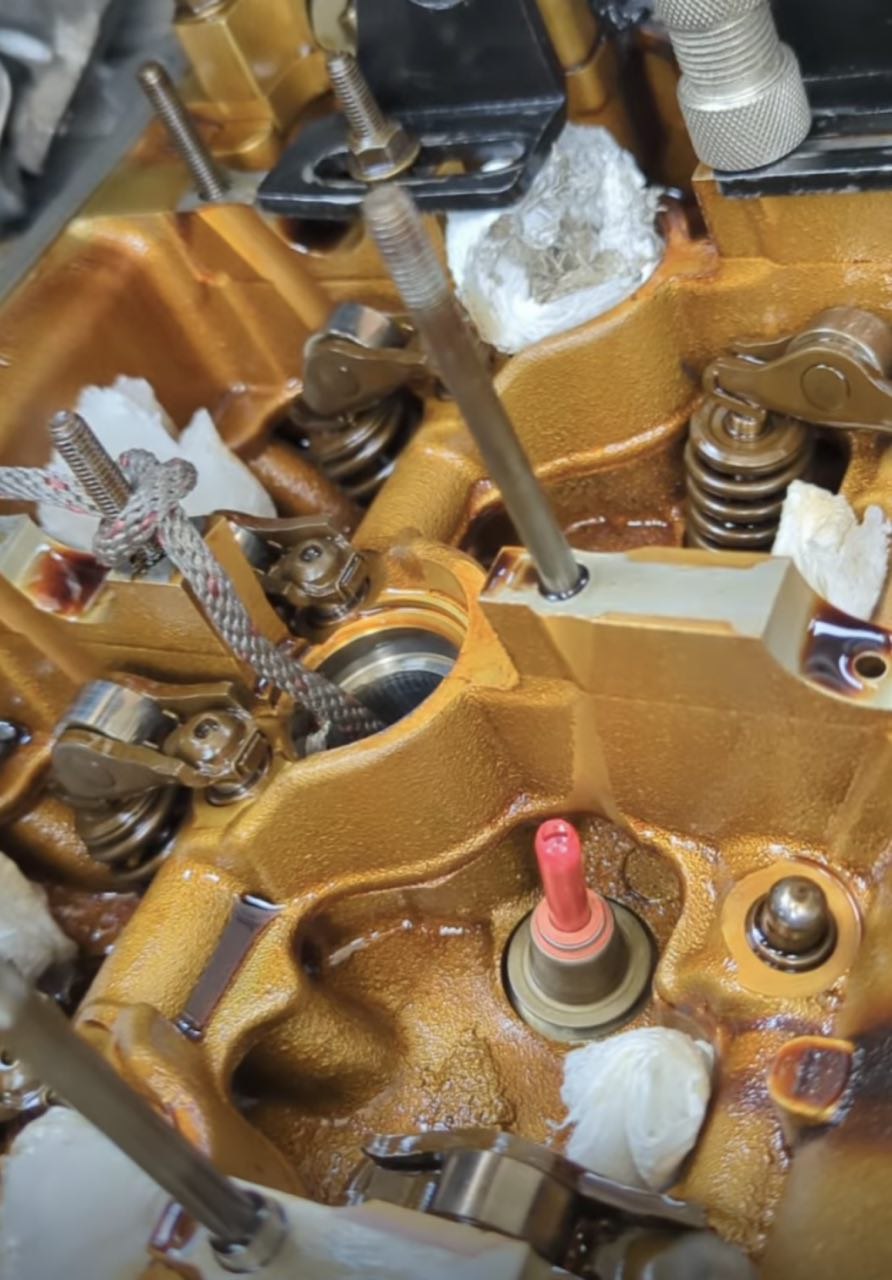Valves are one of the most essential components of an internal combustion engine, as they play a crucial role in regulating air-fuel mixture and exhaust gases. Unfortunately, valve seals can wear down or leak due to wear and tear. Bad valve seals can lead to reduced performance, increased emissions, and other serious issues that can damage your engine if left unchecked. In this article, we’ll look at the symptoms of bad valve seals, their causes, and diagnosis so that you can take preventive measures against them. We’ll also discuss how proper maintenance can help you keep your valves in top condition and avoid unnecessary repairs.
Bad Valve Seal Symptoms
When the valve seal is worn down or starts to leak, it can cause a variety of symptoms, such as:
Poor idle quality: One of the most common bad valve seals symptoms is poor idle quality. It means the engine runs rough, stalls often, or shakes while idling.
- Reduced engine power: Another symptom of bad valve seals is reduced engine power. You will notice your vehicle isn’t accelerating as it should or feels sluggish while driving.
- Excessive oil consumption: When the valve seal isn’t working correctly, oil can escape from the combustion chamber and enter the intake manifold, resulting in excessive oil consumption.
- High emissions: If your vehicle emits more exhaust gases than usual, it could indicate a problem with one or more of your valve seals. It can lead to higher emissions and increased environmental hazards if left unchecked.
- Poor fuel economy: A leaking or deteriorated valve seal can negatively affect an engine’s fuel efficiency, leading to increased fuel consumption compared to the standard operational requirements.
- Abnormal engine noise: If your vehicle is knocking or tapping at idle, it could be due to bad valve seals.
- Dirty spark plugs: The increased accumulation of exhaust gases and unburned fuel will eventually lead to dirty spark plugs, which may require replacement more frequently than usual. Also read here about Best Exhaust for 6.0 Power Stroke.
Causes of Bad Valve Seals
Valve seals are an essential component in the internal combustion engine, and when they fail, it can lead to many issues. The most common cause of bad valve seals is worn out or damaged components in the valvetrain. Worn guides, springs, and camshafts can all contribute to worn valve seals as they put extra strain on the seal material. Other causes include improper installation of the parts or incorrect settings on the valves themselves, such as incorrect lash settings. Oil leakage from any part of the engine can also cause bad valve seals over time, as oil will wear away at its integrity. Lastly, extreme temperatures generated by internal combustion engines can degrade seal materials if not monitored and maintained correctly over time.
Diagnosing a Bad Valve Seal Problem
To determine if your vehicle has bad valve seals, it is important to diagnose the problem. To begin, check for any signs of oil leakage from around the valves or cylinder head. If present, there is likely a bad valve seal or other issue in the valvetrain. Next, use a diagnostic or scan tool to view live data from the engine and look for any abnormalities in readings, such as misfire codes or high fuel consumption. Lastly, perform a compression test with a compression tester to measure the amount of air entering and exiting each cylinder at different crank positions. If any of the cylinders have a substantially lower reading than the others, this could indicate a bad valve seal issue.
Repairing or Replacing the Damaged Valve Seals
Once you have diagnosed the issue and identified which valve seal needs replacing or repair, you can start fixing them yourself. Depending on what type of seal material was used on your engine’s valves and how severe the damage is, you may need to replace them with an OEM (original equipment manufacturer) part or use aftermarket seals instead. In some cases, just replacing worn-out parts in the valvetrain, such as guides and springs, can help restore proper sealing without needing to replace all of them simultaneously. However, if they are beyond repair, it’s best to install new ones by a qualified technician who can fit them correctly and ensure they are sealed properly for optimal performance.
Conclusion
Bad valve seals can be a serious issue for your engine and should be addressed as soon as possible. Knowing the symptoms of bad valve seals, their causes, and how to diagnose them are all crucial steps in identifying and repairing them. If left unchecked, these issues can lead to more serious engine issues, such as reduced performance, increased emissions, and poor fuel economy. Taking proper preventive measures such as regular maintenance and oil changes can help you keep your valves in top condition and avoid unnecessary repairs.


 Poor idle quality: One of the most common bad valve seals symptoms is poor idle quality. It means the engine runs rough, stalls often, or shakes while idling.
Poor idle quality: One of the most common bad valve seals symptoms is poor idle quality. It means the engine runs rough, stalls often, or shakes while idling.